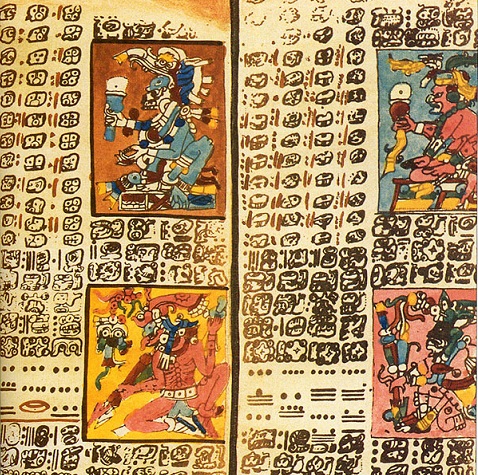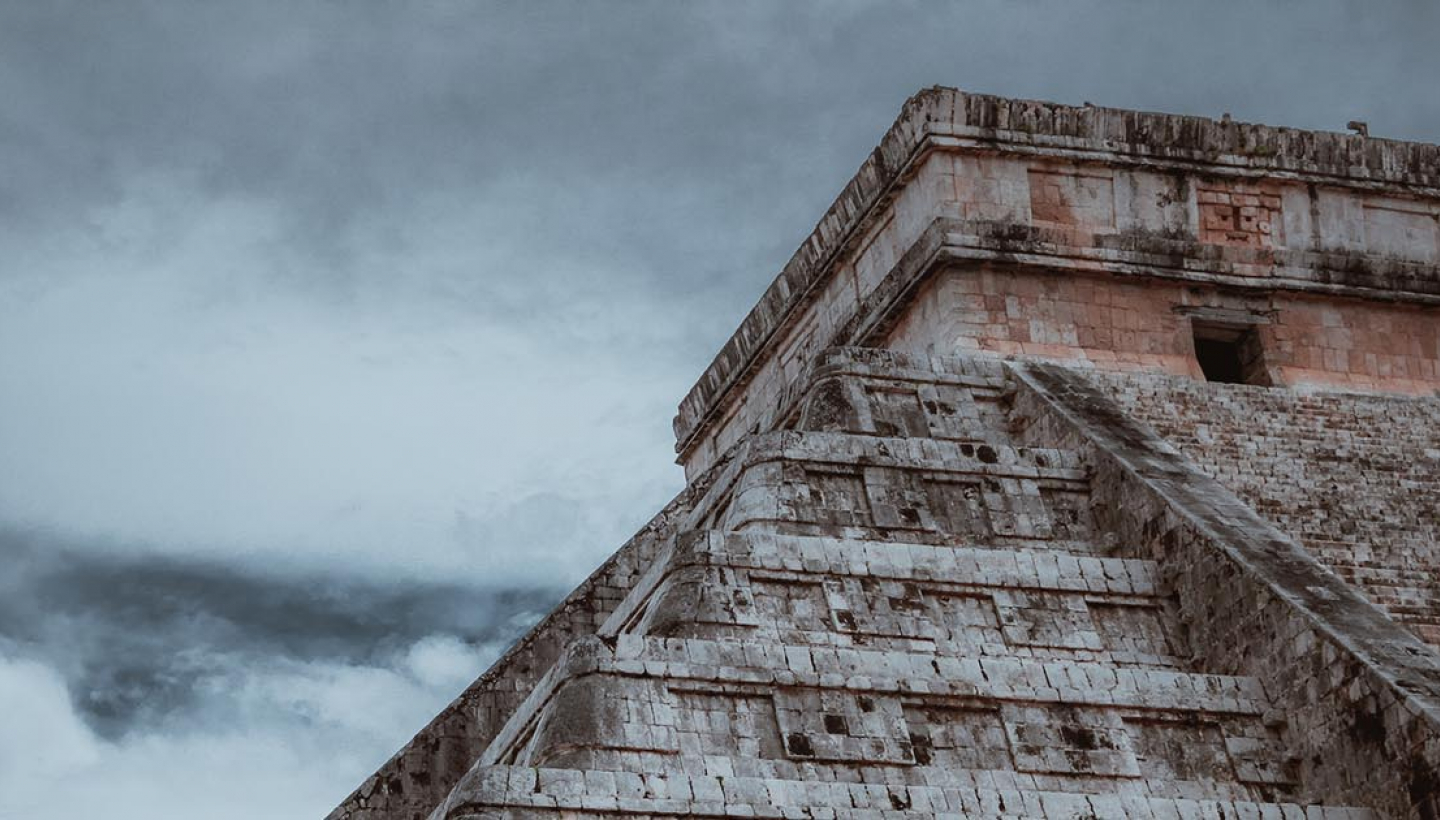Today I bring a topic that will not leave anyone indifferent: World's End. The collapse of Humanity. The Hecatomb. The Apocalypse. Regular readers will wonder: wasn´t this a blog about Technology, Entrepreneurship and Innovation? You are right. Read on, please. The Mass Extinction 65.5 million years ago an asteroid the size of a city collided northwest of the peninsula of Yucatan, Mexico, where a huge crater of 280 km (170 miles) of diameter can still be seen today. This and other similar impacts probably caused massive emissions of ashes and gases towards the atmosphere and triggered the mass extinction of the Cretaceous-Tertiary: the blocking of sunlight resulted in a global cooling of the Earth's surface, making the photosynthesis in plants impossible, and stopping the food chain. The dinosaurs, which had dominated the Earth for over 160 million years, died massively during this period along with 75% of all terrestrial organisms.
While many people are interested in the latest developments in mobile technology, having a better understanding on how social networks are changing our communication paradigms, or being aware of how telemedicine improves our health, the fact is that attention reaches maximum levels when you are told that a new asteroid could collide imminently against the earth's surface, a massive burst of solar radiation could destabilize the core of the Earth, or an avenging deity armed with a flaming sword might descend from the Heavens above. We agree those issues are more shocking - pun intended - than mobile phones. The End of World has always attracted Mankind, from ancient times until today where we live in a “technified” age. According to a recent survey, one in seven people believe the end of the World will happen during their lifetime. I´ll always remember the mess that the change to the Year 2000 brought: computers would reboot in mass. Traffic would stop. Planes were going to fall from the skies. Excel spread sheets would be deleted, and disappear forever. Even toasters would malfunction. When the dreaded night came -glass of champagne in hand…one thing is the End of the World, and quite another to not celebrate New Year's Eve!- we found that the sky did not fall. Nor did the lights go out. Nor was the Stock Exchange interrupted. No planes stopped flying suddenly. At that time, an event like the recent blackout in New York would have been funny to add some suspense, really ... but it did not happen.

The Mayan Calendar
Now back to year 2012, this past month of May I was fortunate to revisit the Museum of Anthropology in Mexico City, home to unique pieces of Mesoamerican culture and history. Each wing of the building is devoted to a different civilization: one for the Toltecs, other with the huge Olmec heads, one for the archaeological site of Teotihuacan. In the center of the building, the Sun Stone of the Aztecs raises majestically, a huge 24-ton basalt disk with inscriptions alluding to Aztec cosmology and solar cults, often erroneously called "Aztec Calendar" and possibly the most recognizable pre-Hispanic symbol of the Americas. One of my favorite rooms at the Museum is the Mayan Hall. The Mayans were pioneers in technology and innovation. (Oh look, it seems like we're going to talk about technology, after all!) The Mayan civilization reached a prodigious level in mathematical sciences, astronomy, and architecture and food production, to name a few relevant examples. From the Mayan comes the first documented use of the concept of the number zero using positional notation (in the year 36 BC, although there are cuneiform tablets dating from 1700 BC in Babylon where the -0 substitution parameter is depicted). They also had the innovative multiplication principle of Tzeltal , as useful as eye-catching. Already in the so-called Classic period (200 to 900 AD) they used a sophisticated vigesimal number system (based on 20 rather than based on 10, like the decimal we use today), which allowed detailed calculations of hundreds of millions of units and to register dates so long they needed to be written in multiple lines. These advanced mathematical skills, along with their fascination with the Universe and their need to plan harvests, lead to a comprehensive understanding of Time and the development of detailed calendars. Specifically the Long Count Mayan calendar, which began in 3114 BC and after a 5,125-year cycle it ends the 13th era (Bak'tun in Mayan), precisely on December 20, 2012. Actually the Mayans never said the world ended that day, instead it was the end of a calendar cycle: a veeeeeeeeery long one. Therefore December 21, 2012 is he beginning of a new cycle, something similar to resetting the counter of an odometer... according to the Mayans, of course. But taking advantage of this date, you will see the Sun Stone (which is Aztec, not even Mayan!), mixed with prophecies of all kinds related to the Mayans and the End of the World.




